Comparative images of Polygonaceae are given below except for the genus: Bistorta, Koenigia, Persicaria, Polygonum, Rumex (whose comparative images can be seen at these links):
|
Fagopyrum tataricum (L.) Gaertn. (Introduced) (Tibet to Central China: China North-Central, China South-Central, Tibet; Introduced into: Afghanistan, Albania, Alberta, Altay, Amur, Bangladesh, Belgium, Buryatiya, Central European Rus, China Southeast, Chita, Czechoslovakia, Denmark, East European Russia, East Himalaya, Finland, France, Germany, Great Britain, Inner Mongolia, Irkutsk, Japan, Kamchatka, Kazakhstan, Khabarovsk, Kirgizstan, Krasnoyarsk, Magadan, Maine, Manchuria, Massachusetts, Michigan, Mongolia, Myanmar, Nepal, Netherlands, New Brunswick, New Hampshire, New York, Newfoundland, North Caucasus, North European Russi, Northwest European R, Norway, Nova Scotia, Ontario, Pakistan, Pennsylvania, Poland, Primorye, Qinghai, Québec, Rhode I., Romania, Sakhalin, Saskatchewan, South European Russi, Sweden, Tadzhikistan, Transcaucasus, Tuva, Ukraine, Vermont, West Himalaya, West Siberia, West Virginia, Xinjiang, Yakutskiya, Yugoslavia as per POWO)
Fallopia pterocarpa (Meisn.) Holub (East Himalaya, Nepal, West Himalaya as per POWO)
Knorringia sibirica subsp. thomsonii (Meisn. ex Steward) S. P. Hong (Afghanistan to Central Asia and W. & Central Himalaya: Afghanistan, Kirgizstan, Nepal, Qinghai, Tadzhikistan, Tibet, West Himalaya as per POWO)
Muehlenbeckia platyclada (F. Muell.) Meisn. (Introduced) (Throughout India as per BSI Flora of India Checklist) (New Guinea, Solomon Is.; Introduced into: Assam, Bangladesh, Comoros, Cuba, Dominican Republic, Ecuador, El Salvador, Fiji, Guatemala, Haiti, Mauritius, Mexico Southwest, New Caledonia, Pakistan, Panamá, Puerto Rico, Réunion, Sri Lanka, Trinidad-Tobago, Venezuela, Vietnam as per POWO)
Oxygonum sinuatum (Hochst. & Steud ex Meisn.) Dammer (Introduced) (Tropical & S. Africa, Arabian Peninsula: Angola, Botswana, Burundi, Caprivi Strip, Chad, Djibouti, Eritrea, Ethiopia, Kenya, Malawi, Mozambique, Namibia, Niger, Rwanda, Saudi Arabia, Socotra, Somalia, Sudan, Tanzania, Uganda, Yemen, Zambia, Zaïre, Zimbabwe; Introduced into: Cape Verde, India, Mauritius as per POWO)
Oxyria digyna (L.) Hill (Subarctic & Subalpine: Afghanistan, Alaska, Albania, Alberta, Aleutian Is., Altay, Arizona, Austria, British Columbia, Bulgaria, California, China North-Central, China South-Central, Chita, Colorado, Corse, Czechoslovakia, East European Russia, East Himalaya, Finland, France, Føroyar, Germany, Great Britain, Greece, Greenland, Iceland, Idaho, Iran, Iraq, Ireland, Irkutsk, Italy, Japan, Kamchatka, Kazakhstan, Khabarovsk, Kirgizstan, Korea, Krasnoyarsk, Kuril Is., Labrador, Lebanon-Syria, Magadan, Manchuria, Mongolia, Montana, Nepal, Nevada, New Hampshire, New Mexico, Newfoundland, North Caucasus, North European Russi, Norway, Nova Scotia, Nunavut, Oregon, Pakistan, Poland, Québec, Romania, Sakhalin, South Dakota, Spain, Svalbard, Sweden, Switzerland, Tadzhikistan, Tibet, Transcaucasus, Turkey, Tuva, Ukraine, Utah, Uzbekistan, Washington, West Himalaya, West Siberia, Wyoming, Xinjiang, Yakutskiya, Yugoslavia, Yukon as per POWO)
Rheum australe D. Don (Keys between Rheum australe (Flowers purple red, Inflorescence fastigiately branched, 0.3-1 m erect leafy panicle) and Rheum webbianum (Flowers pale yellowish, Inflorescence diffusely branched, mostly axillary, less commonly terminal) at Flora of Pakistan and Flora of China)
| |
Rheum moorcroftianum Royle (W. & Central Tibet and Nepal: Nepal, Tibet, West Himalaya as per POWO)


Rheum nobile Hook. f. & Thomson (Afghanistan to S. Tibet and N. Myanmar: Afghanistan, East Himalaya, Myanmar, Nepal, Pakistan, Tibet as per POWO)
Rheum webbianum Royle (Keys between Rheum australe (Flowers purple red, Inflorescence fastigiately branched, 0.3-1 m erect leafy panicle) and Rheum webbianum (Flowers pale yellowish, Inflorescence diffusely branched, mostly axillary, less commonly terminal)) at Flora of Pakistan and Flora of China)
(Pakistan to SW. Tibet and W. Nepal: Nepal, Pakistan, Tibet, West Himalaya as per POWO)

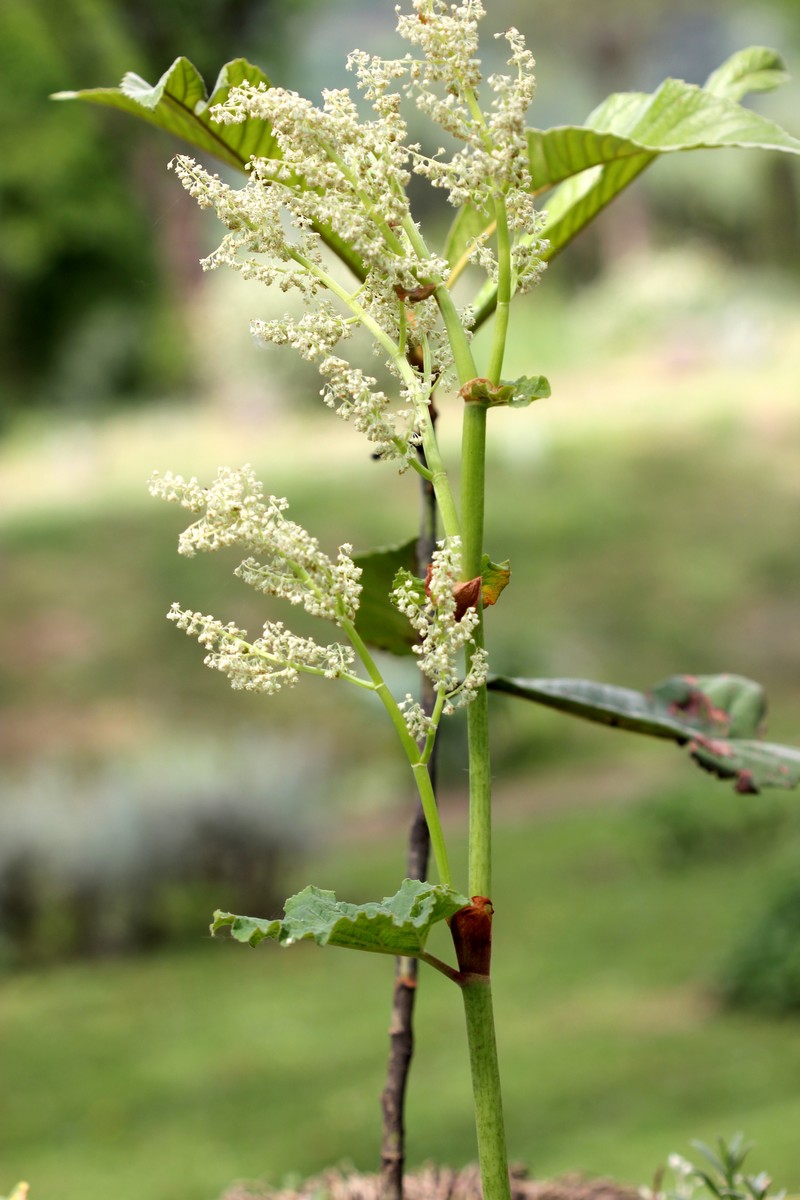

Triplaris weigeltiana (Rchb.) Kuntze (Introduced)
Pl find attached herewith the pdf copy of my paper on Polygonaceae of India
appreciate the key and the pdf itself
.
Polygonaceae of India : 3 posts by 3 authors. Attachments (1)- Polyg India.pdf
Congratulation Sir!
Thanks for generating this important information on flora of India.
Hope complete Polygonaceae of India will be published soon, eagerly waiting for it.
Congratulations …
That’s a huge body of work and that too by a single person!
How many years of work does does the present paper represent?
Plants annual, rarely perennials with rooting branches; leaves evenly distributed; style 1, bifid or trifid … Persicaria
.
Family of the fortnight: POLYGONACEAE
Distribution: The family includes approximately 46 genera and 1200 species (Mabberley, 2008) from the world and mostly distributed in north temperate regions.
Variation can be seen in the axillary or terminal inflorescence which is composed of simple or branched thyrsi panicle-, raceme-or spike-like in appearance which however, are formed of dichasia or helicoid cymes.
The flowers are small, trimerous, hermaphrodite or unisexual with tepals 2-6, forming two whorls of 3 elements or one whorl of 5 elements with characteristic quincuncial aestivation.
The number of stamens ranges from 2 to 9 or rarely more whereas the pollen character varies from tricolporate to pantoporate. The ovary is superior 2-4 carpellate (generally 3-carpellate) and unilocular whereas the fruits are an achene which is trigonous or lenticular.
Thanks … for a very informative introduction. It would surely help the members.
FAMILY : POLYGALACEAE ON INDIANTREEPIX :
FAMILY : POLYGALACEAE
Milkwort family
Polygala (Latin) means much milk. Cattle feeding on these plants are supposed to give more milk.
There are 17 genera and 900-1000 species around the world. 50 % of the plants are in genus Polygala.
Vegetative characters:
It is a small cosmopolitan family of herbaceous plants, shrubs and small trees. Leaves are alternate, always simple, usually without stipules. Polygalas have Irregular flowers and superficially resembling Fabaceae.
Inflorescence and flowers:
Flowers are generally in spikes or racemes, each flower subtended by a bract and two bracteoles.
Sepals are 5 and unequal, two side sepals are often larger and coloured like petals. Uppermost sepal is keeled(Ridged in a way that resembles two connected petals or sepals. There are three petals united at base and the lower one boat shaped or saucer shaped -keelwith a fringed crest;enclosing 8 stamens and a pistil style. Stamens are often fused by their filaments into a split sheath. Ovary of two fused carpels, 2 chambered, each chamber one seeded;
Fruits and the seeds: Fruit is a capsule.
Examples: From Maharashtra
1. Leaves amplexicaul; flowers in spike; stamens 4-5; capsule toothed… Salomonia
1. Leaves not as above; flowers in racemes; stamens 8 capsule entire.… Polygala
2. Shrubs… P. arillata
2. Herbs
3. Flowers Pink…P. bulbothrix
… P.irregularis
… P.persicarifolia
3. Flowers yellow
…P. furcata
… P.erioptera
… P.elongata
… P arvensis.
… P. Linarifolia
Our next episode will cover family Polygonaceae from May 1 to 14, 2014. Dr. Ritesh Kumar Choudhary who is a very well known expert on the group has kindly consented to coordinate the fortnight. Members are requested to take full advantage of his expertise and upload both identified photographs for validation and also those meant for identification. Kindly follow the format for convenient documentaion.
Thanks a lot dear … for introduction.
I also request members to upload clear photographs with much possible details specially those of flowers, ochrea, nuts, leaves etc. Keeping in mind the morphological variations found in Polygonum, Persicaria and other genera, these characters are very important for identification.
I hope people would find enough time to search their disc drives for Polygonaceae members in the coming weekend.
Hope this helps a bit during Polygonaceae Fortnight.
Thank you very much … for all your efforts… Surely this will help a lot…
PLANT TAXONOMY 2E By SHARMA – 2011- Details of Polygonaceae family
As per my observations, there are 121 species & 29 vars belonging to 12 genera (s.s.)
Thanks, … Can you provide the complete list pl. ?
As per my observations, there are 121 species & 29 varieties belonging to 12 genera (s.s.) in India including the introduced ones which have become almost naturalised in India.
Yes. I shall send it soon.
.
Pages of Polygonaceae are now with comparative images:
Species, genera & family pages of Polygonaceae are now with comparative images. On clicking the link of species, one can check the complete details. Genus pages generally give details of most of the species found in India.
May I request you to pl. go through & point out mistakes, if any. I hope this will aid in identification in future. If anybody can send images of other species of this family (for incorporation in the website), if any, or can identify unidentified/ wrongly identified images, it will be really nice.
Credit goes to Ritesh ji, for identifying most of the Polygonaceae posts.

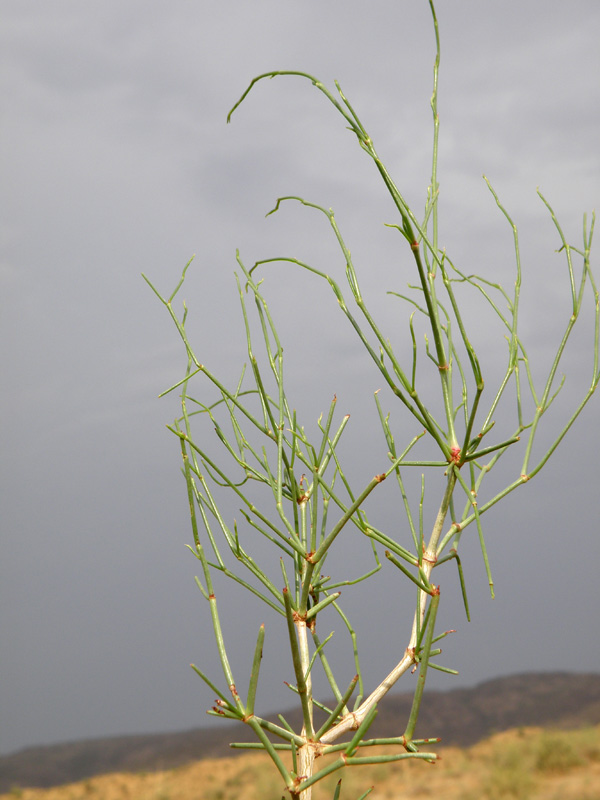















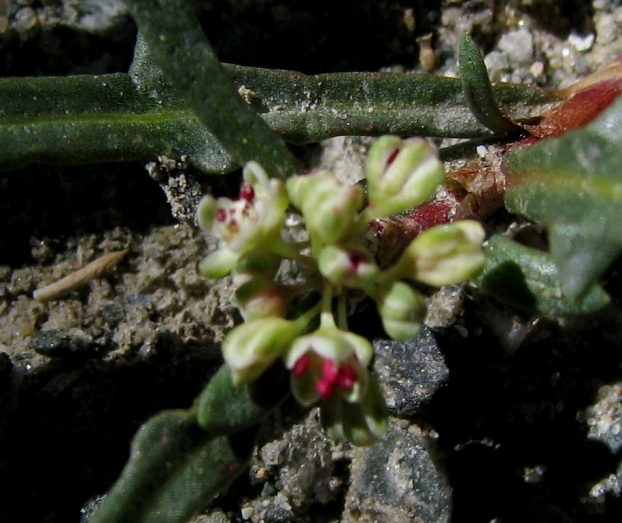










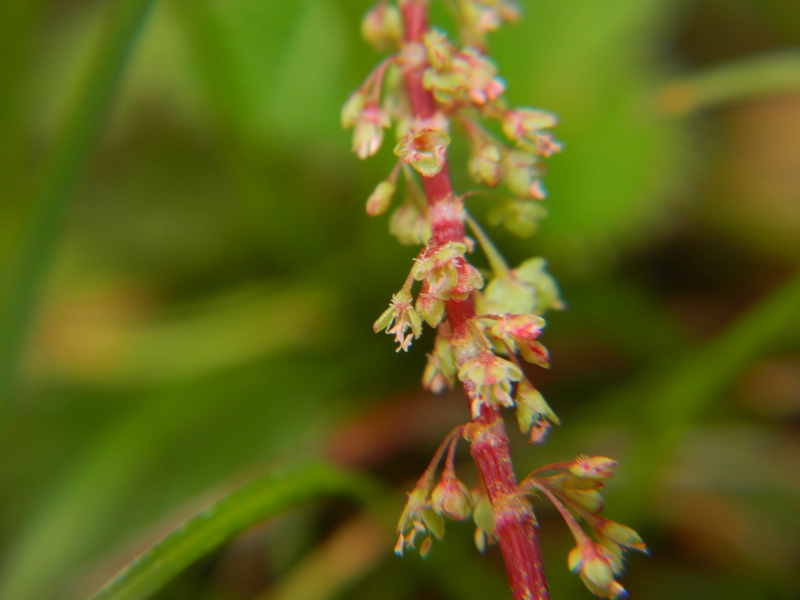




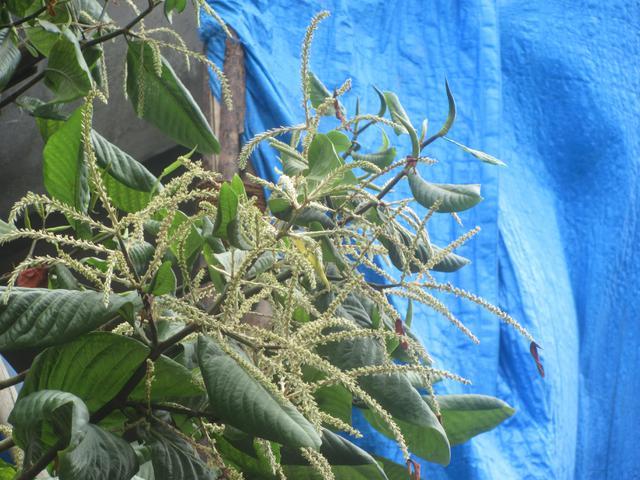




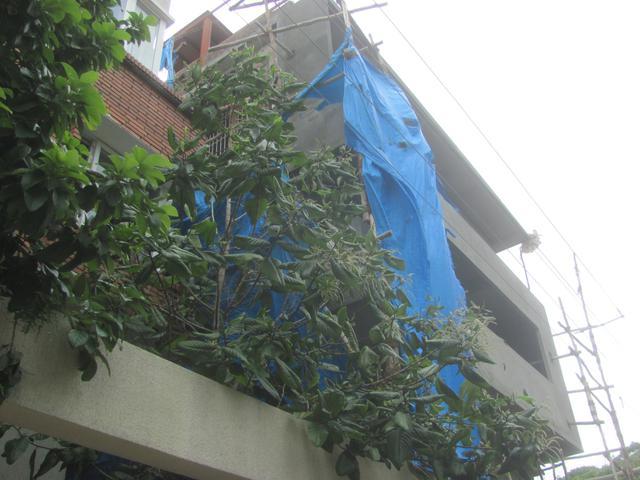
Thanks Garg ji Nice compilation